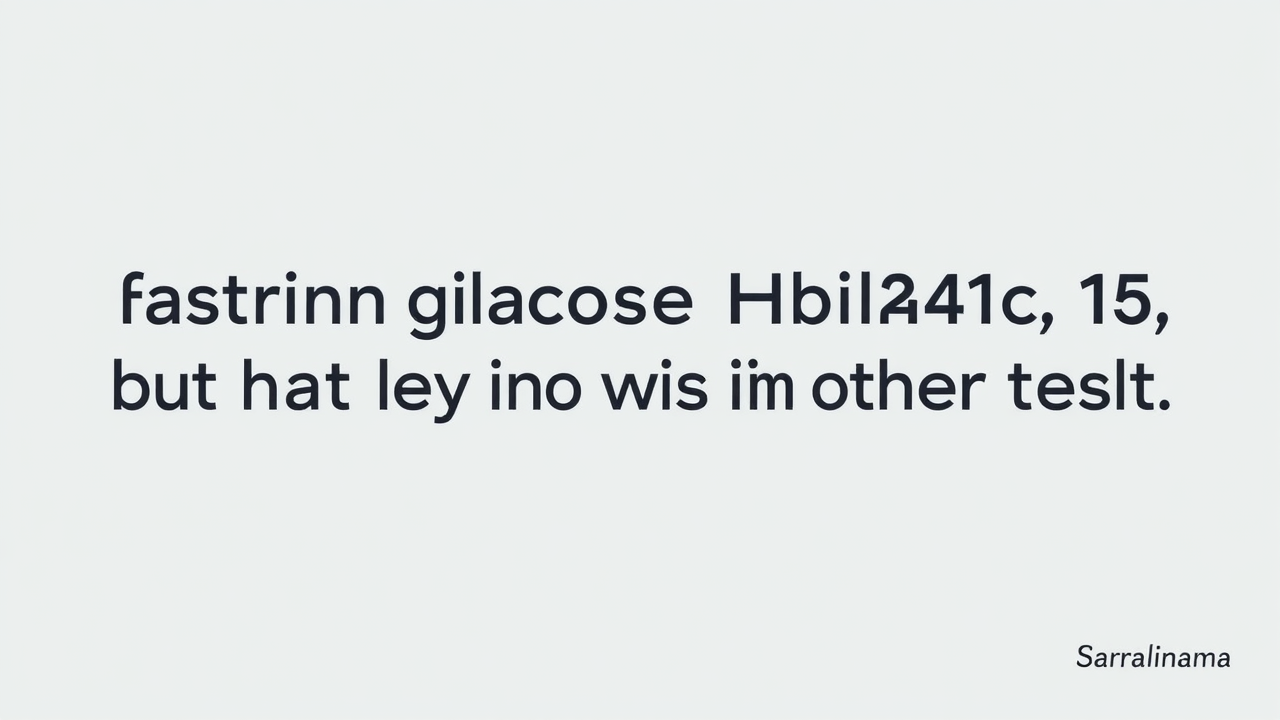A Quora user, aged 75, asked what it means when fasting glucose reaches 300 and HbA1c is 15, while other tests appear normal. Dr Pranav Ghody, consultant endocrinologist and diabetologist at Wockhardt Hospitals, Mumbai Central, called these numbers alarming. Such readings indicate extremely uncontrolled diabetes. Although other test results may seem fine now, these high levels silently damage the heart, kidneys, eyes, and nerves over time. Diabetes complications do not appear overnight; they build up gradually. By the time they show up in test reports or daily life, the damage may already be significant. Even without feeling unwell, the danger is real. Lack of symptoms does not mean lack of risk. Ignoring these levels can delay treatment and increase the chance of sudden or severe complications. Immediate medical help is essential, and proper treatment can still control blood sugar, delay complications, and preserve quality of life.

Immediate Action and Treatment Plan
The first step is to seek medical assistance without delay. At such critically high readings, diet alone will not work. Medication is necessary, and insulin is most likely required to bring sugar levels down safely. Self-medication or crash diets should be avoided. An endocrinologist will design a step-by-step treatment plan, possibly starting with insulin, then combining tablets and lifestyle changes. With proper treatment, blood sugar can be controlled, complications postponed, and quality of life maintained. Routine follow-up, a low-sugar and low-refined-carbohydrate diet, daily mild exercise like walking, and strict adherence to prescribed medication are crucial. At 75 years, the focus is on safe and stable management to protect overall health.
Source: Link
